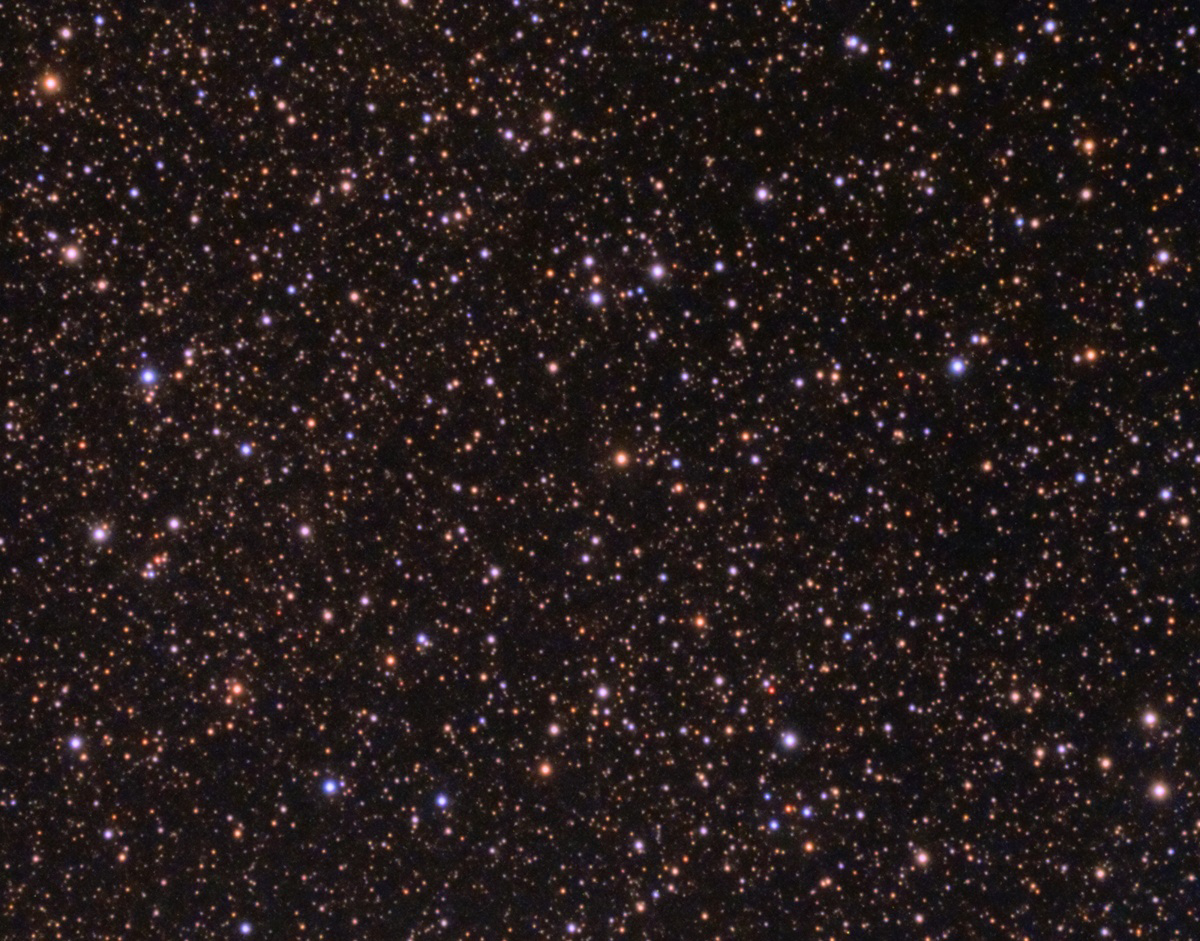Proxima in Latin means "next to" or "nearest to" is the closest star to our planet after the Sun and lies about 4.2 light years. Although its proximity is too fain to be seen with the naked eye due to its low 11.05 apparent magnitude. Proxima Centauri may be part of a triple star system conformed with Alpha Centauri A and B.
It was discovered in 1915 by Robert Innes from the Union Observatory in South Africa.
Seen from the Earth, Proxima has a large, proper motion and moves against the multitude of background stars at about 3.85 arc seconds per year. From an observer's perspective, this will carry it at a length in the sky of about a full width of the moon every 500 years.
